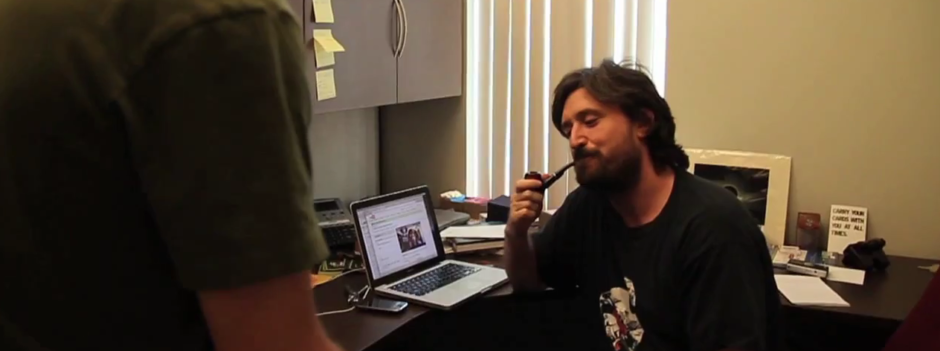My paper, “What Hockey Wants: Drama, Narrative, and Sports,” was published this month (just in time for the Stanley Cup playoffs) in Well Played Journal from ETC Press. The paper draws on game studies, literary theory, psychology, and other disciplines to discuss how narrative works in one of my all-time favorite games, hockey. Here are the introductory paragraphs, which summarize the core themes of this project:
Like many sports, ice hockey, or “hockey,” as it is known to its players and fans, generates legend, myth, history, biography, autobiography, and other forms of narrative at a furious pace. In, around, and among instances of gameplay, hockey produces dramatic situations which resolve into a variety of public and private narratives. Some of these narratives, such as the stories of an individual game played late at night on a neighborhood rink, are ephemeral and known only to certain players; others are so widely told and acquire such cultural significance that they are memorialized in statuary, feature films, currency, or novels; and some leave traces in the game itself as strategies, traditions, superstitions, play styles, and written and unwritten rules. Hockey is a creature of narrative – it eats it and excretes it – and yet, somewhat amazingly, it does not require any kind of centralized story department or author to spin its yarns. Rather, like all sports, and to a certain degree like all games, hockey is a set of protocols that propagates and iterates itself by producing the kinds of situations that are worth telling stories about.
Despite this impressive narrative capability, sports like hockey are not frequently mentioned in the discussions game studies and game design communities stage around the topic of narrative. One possible explanation for this relative lack of mention is that the ways narrative manifests in sports may at first glance seem more related to modes of spectatorship than modes of play, and therefore may be considered exterior to the kinds of narrative thought to be more properly “native” to games. It may also be the case that narrative is perceived as simply more central or essential – particularly from a player experience perspective – to things like adventure games, role-playing games, storytelling games, open-world exploration games, and interactive fiction, than it is to sports. Such overtly story-centric games are certainly worthy of consideration. For scholars and designers interested in the poetics, aesthetics, and politics of digital gameplay, it is perhaps understandable that the sweaty world of sports be overlooked. It is also understandable that some researchers will prefer to explore more exclusively digital forms of gameplay insofar as their work may relate more directly to how narrative connects to current trends in technology and communications than to games as a broader category of design. Regardless, eliding sports from the discussion risks depriving us of important ways of speaking about and designing about games and narrative. Understanding the powerful and parsimonious ways in which sports instantiate various forms of narrative, and the ways in which those instantiations can in turn become incorporated into the most basic structures of the games themselves, can provide useful models and metaphors for examining all games as both artifacts and producers of culture.
This paper presents an examination of hockey as a cybernetic system, paying particular attention to the role of narrative. Like all sports, hockey offers opportunities for individuals to take part in dramatic situations that would not otherwise occur. As players, teams, and fans actively engage with these situations, they produce and consume various kinds of public and private narrative. These narratives in turn shape subsequent situations both within and beyond the formal boundaries of the sport. Through a series of examples from hockey and related games, this paper examines how narrative emerges in, around, and among various contexts of hockey gameplay; how this narrative impacts both ludic and paraludic situations; and how it can become encoded in the formal structures of the game itself. (ETC Press: Well Played Journal, Volume 4 Number 1)
Get the paper as a .pdf here, or get the whole journal issue here.
Thanks to Drew Davidson and ETC Press, and special thanks to Sean C. Duncan, who served as Guest Editor for this issue alongside Caro Williams.
